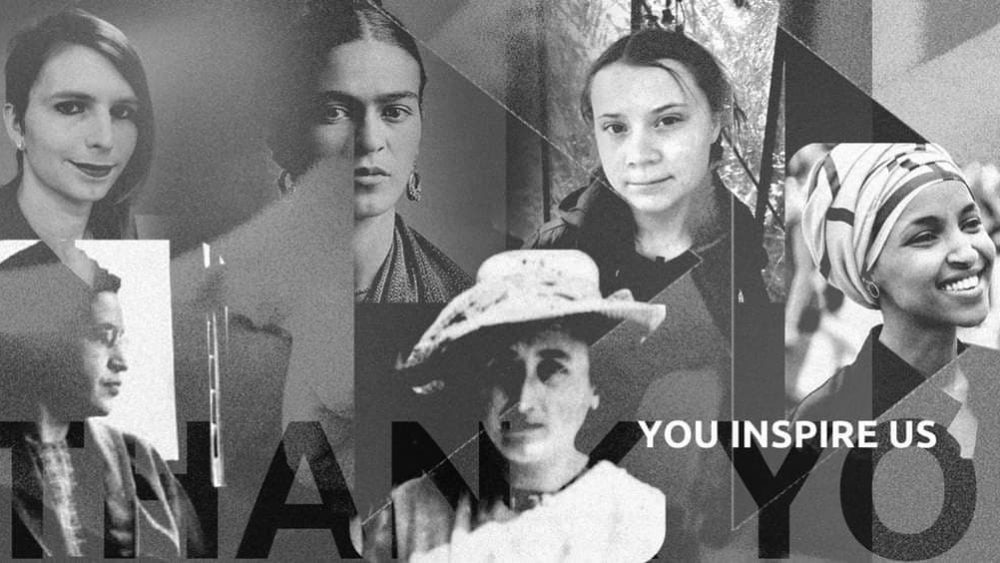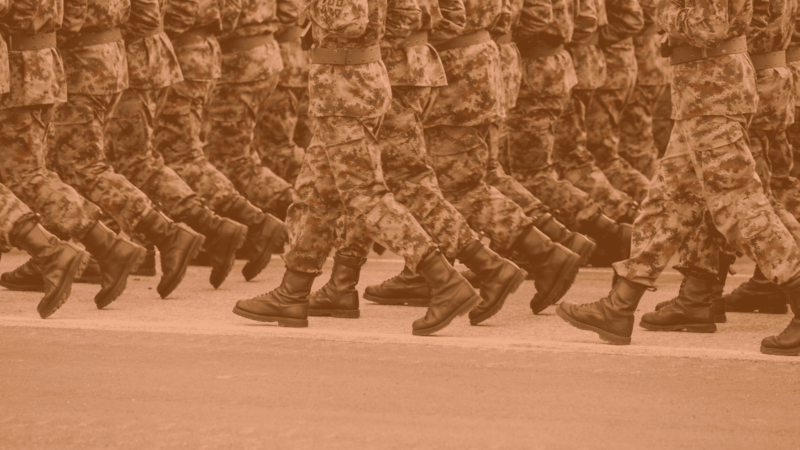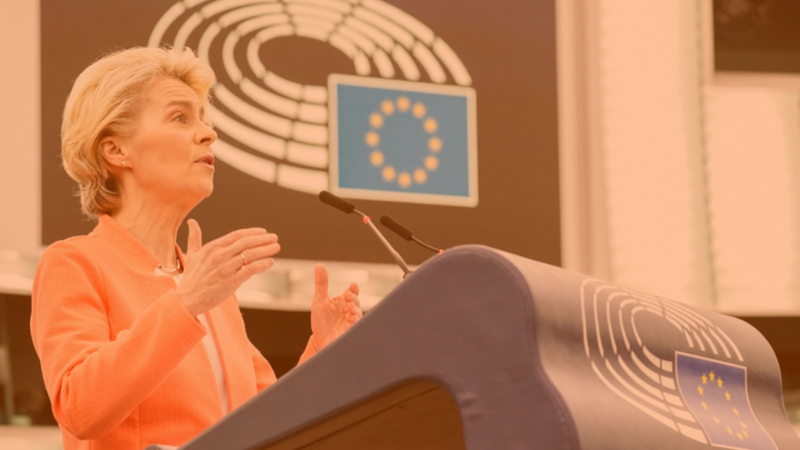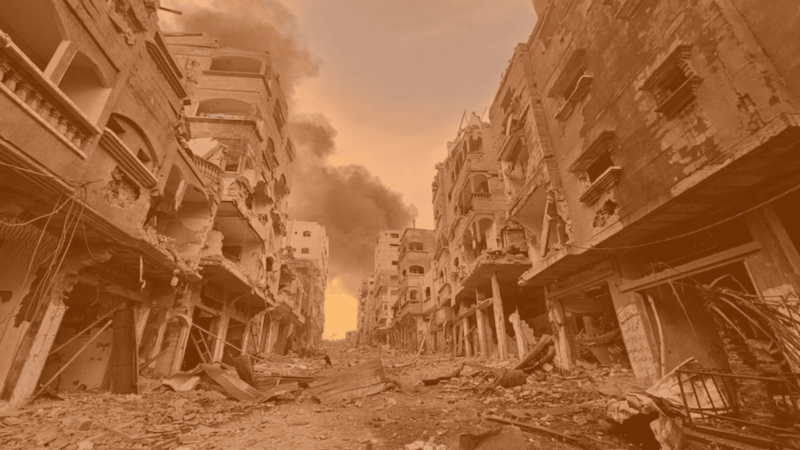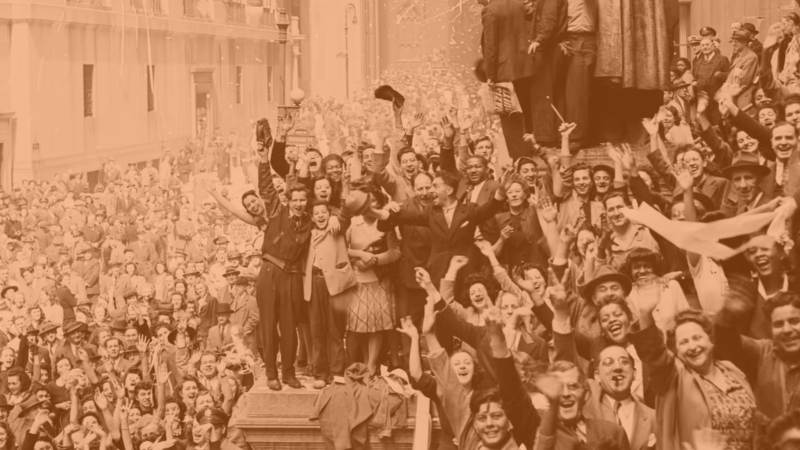Elevate all our sisters, not just cis-ters!
In the early 1900s in the USA, variations of celebrations around women began. Since then, every year, March is commemorated as Women’s History Month which has been followed by other countries worldwide, with special attention to March 8 as International Women’s Day (IWD).
Women are at the frontlines of care work
The UN’s theme for IWD 2021 is “Women in leadership: Achieving an equal future in a COVID-19 world”. This focuses on women’s role as health-care workers, care workers, caregivers, and community organizers. It highlights the importance of a full and effective participation of women in spaces of decision making to achieve gender equality, and the impact of the pandemic on girls and women all over the world.
It has been shown that increased women’s participation in political decision making has had a direct impact on the formation and implementation of health and gender norms. This has had a substantial effect in the delivery of public health and health outcomes. Political representation has also been shown to have a wide range of benefits for communities and especially for the health of women and girls.
“Care work, which is predominantly provided by women and girls, is a central yet typically undervalued contributor to economies,” says Oxfam. This type of work consists mainly of caring for the daily needs and health of individuals in the home. In this sense, women are the backbone of our economies but even more so during the pandemic they are essential for recovery and resilience of communities. As a recent study published in the lancet and sponsored by the Gates Foundation states: “If the unpaid time that women spend on caring were monetised, it would almost equal the value of women’s contribution to the paid health-care workforce, with each globally accounting for more than US$1·5 trillion annually.”
Gender equality is a fundamental human right
This becomes all the more apparent when we see that women comprise 70% of health workers and make up a bigger share of all paid and unpaid care-related work. Women and girls undertake more than three-quarters of unpaid care work in the world and two-thirds of the paid care workforce and yet are rendered invisible in the economy. The invisibility of women in, and the feminisation of, care work is deeply rooted in the gender norms that pervade societies structured economically around capital accumulation and colonialism. This is a reality that the pandemic has aggravated; further pushing women into spaces of oppression and vulnerability.
Many movements around the world are tied to fighting against all forms of oppression and violence against women with an intersectional lens with the aim of giving visibility these systemic forms of gendered inequalities. This is even more important now with issues surrounding sexual rights, a rise in domestic violence, the gender pay gap, and the multiple intersecting nodes of discrimination against women along lines of race, class, and identity, to name the most well known. A lot has been achieved since the suffragettes started a feminist revolution in 1848. But in order to achieve full gender equality, inclusion is a key aspect.
The fight for women’s rights, in general, has been fought along the lines of achieving gender parity especially when it concerns rights to equal pay, access to voting rights, social parity and visibility, the right to wear pants and assume gender-non conforming presentation. While these wins have been invaluable, little has entered discourse about challenging gender norms upstream.
Gender norms pervade all levels of societal interactions, whether consciously or unconsciously. When intersecting gender norms with race, sexuality, immigration status and other marginalised identities it becomes clear that fighting for women’s liberation involves more than just achieving gender parity.
First and second-wave feminism have fought battles from the perspective of white women because they enjoyed a visibility and agency that, for example, women of colour were denied due to racial oppression. As racial justice movements have been clocking wins, so has the ability of black women to occupy spaces that were denied them even within feminist movements.
At the same time, trans women of colour have been at the forefront of queer movements and the fight for queer political recognition and inclusion, further nuancing liberation movements and their ability to bring visibility to marginalised identities. These three parallel fights have found it difficult to talk to each other because gender norms are enforced and perpetuated in a capillary system of infinite interactions, disguising a common enemy as a negative force. Indeed, it becomes difficult to fight an invisible enemy with the classic tools of equity wars. When intersecting feminist struggles with racial and queer movements what we are having to do is look further upstream at the very gender norms that form the basis for all kinds of discrimination.
We are well underway to a global counter-revolution led by neo-fascist forces. The familiar playbook once used against homosexual liberation in the 80s and 90s, and before then against women’s liberation, is now being used against trans rights, especially those of transwomen. Their fight for recognition and inclusion is being labeled as dangerous for women’s struggle for equity.
This kind of polemic belongs in the history books of first and second wave feminism and its focus by white women on fighting for access to the same social and political privileges that their white male counterparts enjoyed (and continue to do so). When intersecting feminist struggles with racial and queer movements what we are having to do is look further upstream at the very gender norms that form the basis for all kinds of discriminations.
Gender disparities and inequality cannot be addressed without taking existing gender norms apart and demanding their radical transformation. A process that should be made priority by governing bodies, institutions and policy makers striving to achieve true social justice. The research and evidence supporting these conclusions is unequivocal and the lack of progress in implementing recommendations to end gender inequalities has shown itself to be a solely political issue.
What can we do?
Elevate all spaces and movements that put pressure on power and institutions to implement change. We invite you to find a feminist campaign or organization closest to you. The following are some of the many feminist and transfeminist movements that are spaces to learn, support, and contribute.
- Assembleia Feminista Lisboa (Portugal)
- Ni Una Menos (Argentina)
- Livres y Diverses (Argentina)
- #MeToo (USA)
- Madre: Global Women’s Rights (USA)
- Non una meno (Italy)
- Kongra Star (Rojava)
- 100 reasons (Turkey)
- Mujeres y la Sexta (Mexico)
- YRetiemble (Spain)
- Agenda e Calendario Feminista (Portugal)
- WomenInc (Netherlands)
- CoC (Netherlands)
- Gabriela #DefendFilipinoWomen (Philippines)
- Les Dévalideuses (France)
- Féministes Révolutionnaires (France)
- Frauenstreik (Germany)
- #StrajkKobiet : All-Poland Women’s Strike (Poland)
- Akina Mama wa Africa (Uganda, Pan-African)
- BAOBAB for Women’s Human Rights (Nigeria)
- Women Democratic Front (Pakistan)
- Ženska mreža Hrvatske (Croatia)
- Kvinderådets (Denmark)
- National Women’s Council of Ireland (Ireland)
DiEM25 is a feminist movement that aims to address many issues that women and LGBTQIA+ people face
DiEM25 has a “New Deal for Women” which strongly demands for gender equality, autonomy, and equal access to basic human rights. The Green New Deal for Europe is also another program aimed “to rebuild Europe’s economy, repair its infrastructure, rehabilitate its environment, redress its colonial history, and propel the continent toward a prosperous future”. It addresses the unequal care economy and power disparities, as well as employing environmental justice that recognizes the value that women and communities from the Global South create for economies in the North, and highlights the importance of an intersectional justice approach to ensure that no group of people is excluded.
The Taskforce on Feminism, Diversity, and Disabilities, as well as the Gender 1 DSC (Intersectional Feminism), will do a month-long project celebrating, commemorating, supporting, and remembering all women. This includes our continued Feminist GNDE #FemGNDE talks (our latest episode here), articles that can be accessed here (and older articles found here), a social media campaign on DiEM25’s “New Deal for Women”, a seminar on how to be an ally, and interviews with women in DiEM25.
Do you want to be informed of DiEM25's actions? Sign up here





